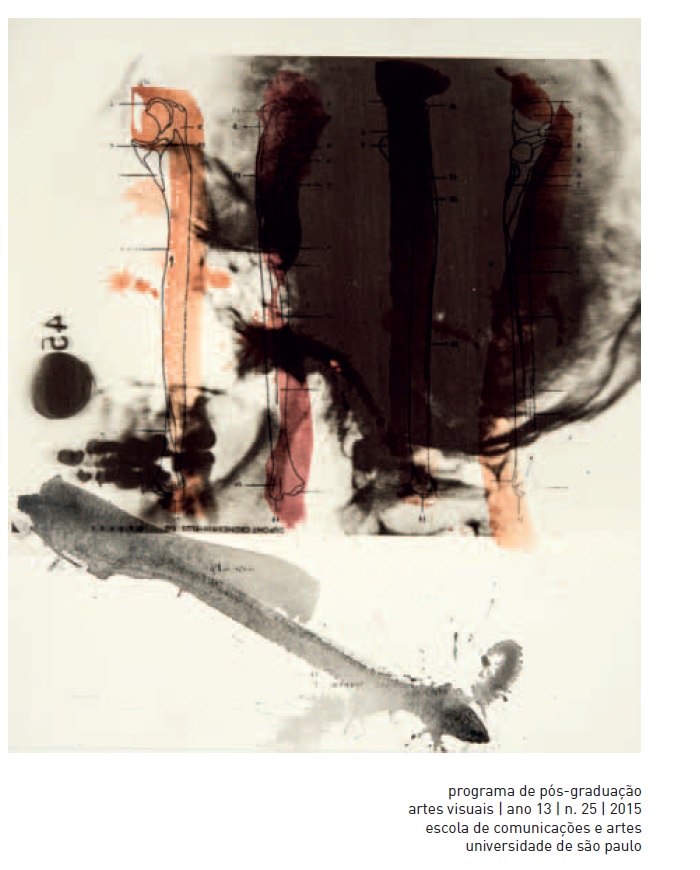Origins of Buddhist forms
DOI :
https://doi.org/10.11606/issn.2178-0447.ars.2015.105526Mots-clés :
Buddhas, mythology, East, arts, beauty.Résumé
The features of a Buddha’s image are the result of very ancient process that united three factors: the Eastern mythologies which are older that than Buddhism, its ability of adapting itself to local beliefs and its re-interpretations. After the emergence of the first statues representing the historical Buddha, the ideal of beauty concerning a being who attained the enlightenment was based on the ancient oriental “sciences”, predominantly mental and marked by subtle energies. While the Western Aesthetics was arguing about idealization in art through its rationality, disregarding a “pagan and superstitious East”, the Buddhist images were embodying mental states that the West only would regard in its modernity. Buddhist art conveys the ancestral and immutable legacy of mystical keys of consciousness and equilibrium.##plugins.themes.default.displayStats.downloads##
Téléchargements
Publiée
Numéro
Rubrique
Licence
É responsabilidade dos autores a obtenção da permissão por escrito para usar em seus artigos materiais protegidos por lei de Direitos Autorais. A revista Ars não é responsável por quebras de Direitos Autorais feitas por seus colaboradores.
Os autores mantêm os direitos autorais e concedem à revista o direito de primeira publicação, com o trabalho licenciado sob Licença Creative Commons do tipo CC-BY.
Os licenciados têm o direito de copiar, distribuir, exibir e executar a obra e fazer trabalhos derivados dela, inclusive para fins comerciais, conquanto deem os devidos créditos ao autor ou licenciador, na maneira especificada por estes.
O licenciado se compromete a oferecer os créditos apropriados, o link para acesso à licença e a informar caso qualquer alteração no material original tenha sido feita.
Conquanto respeitados os termos da licença, não é permitida ao licenciador/autor a revogação dessas condições.
Após a publicação dos artigos, os autores permanecem com os direitos autorais e de republicação do texto, sendo permitida sua publicação posterior exclusivamente em livros inéditos e coletâneas.


